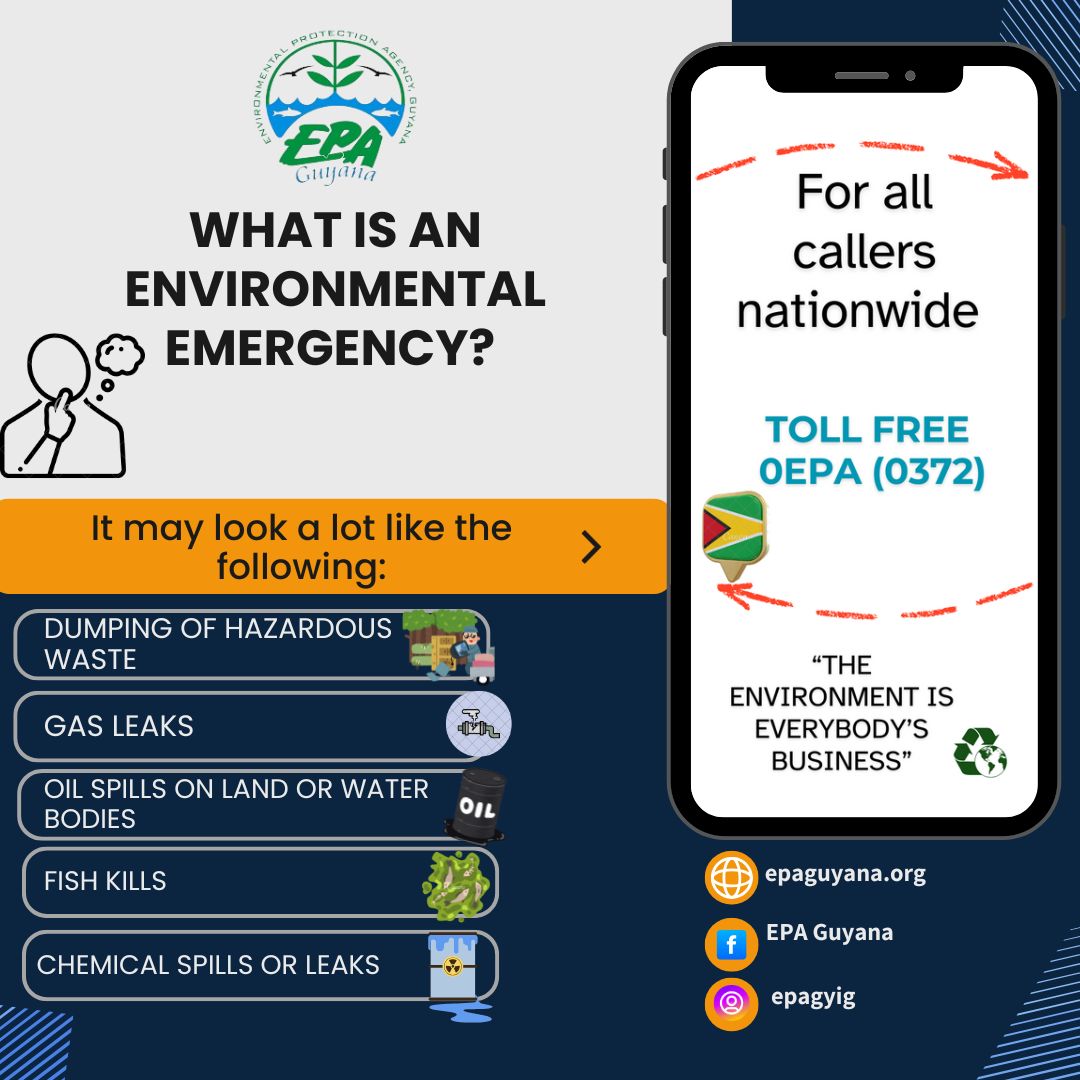Positive drilling results in 2024 will catapult Guyana’s proven energy resources to new heights
ExxonMobil Guyana is strategically advancing its comprehensive seven-well exploration and appraisal campaign for 2024. Company President Mr. Alistair Routledge asserted in February that the initiative is a pivotal part of the company’s approved 35-well campaign spanning several years, targeting increased reserves to unlock value for Guyana and the shareholders of the Stabroek Block partners.
The 2024 exploration effort includes two wells of particular interest—Trumpetfish and Redmouth—situated west of the established Liza and Payara projects. ExxonMobil has intentionally positioned these wells closer to the central region of the Stabroek Block, a departure from its previous drilling activities concentrated on the southeastern side of the Block. This strategic move aligns with the company’s broader ‘anchor hunting’ strategy, a targeted approach to identify new reserve bases for standalone development projects.

Routledge’s announcement aligns with Chevron’s Chief Executive Officer Mr. Mike Wirth’s disclosure that ExxonMobil Guyana might drill up to 12 wells in 2024. Wirth commented on the drilling plan when Chevron announced a deal to acquire Hess Corporation, which owns a 30% participating interest in the Stabroek Block alongside ExxonMobil and CNOOC. Routledge confirmed that there is potential for an expanded exploration effort encompassing up to 12 wells, contingent on the results of the initial seven. “If one of those new anchor-hunting prospects comes in, then we may well want to accelerate some exploration or appraisal activity in that area. So, as a starting basis, we have seven exploration and appraisal wells. These are not insignificant wells,” Routledge stated.
ExxonMobil’s 2024 exploration campaign started smoothly with the successful drilling of the Bluefin-1 well near the Suriname border and continued with the Hatchetfish-1 well. The exploration strategy extends beyond the immediate objective of unearthing new oil reserves. It also encompasses a focused initiative to evaluate the gas potential within the Stabroek Block.
So far, the company has discovered approximately 17 trillion cubic feet of gas in this expansive 6.6-million-acre Stabroek Block, with a significant portion located near the Suriname border. Upstream President Liam Mallon expressed his company’s alignment with Guyana’s push to prioritize gas development. He stated, “We’re excited – it will take some time to properly de-risk and appraise…”
These exploration initiatives have met some contention. The announcement of the Trumpetfish and Redmouth wells sparked a protest from Venezuela, which claims sovereignty over part of Guyana. Nevertheless, Routledge addressed these issues head-on. He affirmed that the proposed exploration wells are located securely within Guyanese territory, a minimum of 100 kilometers distant from the region claimed by Venezuela. He clarified that there has been no recent record of conflict or interference by Venezuela in the areas marked for drilling, insisting that ExxonMobil’s operations are advancing within the bounds of Guyana’s acknowledged territory.
“It’s licensed to us to explore and develop. Where there’s controversy over the borders, that’s for the governments to resolve,” Routledge stated. In this regard, ExxonMobil has emphasized that there is an agreement between the Governments of Guyana and Venezuela—the Argyle Declaration—to avoid exacerbating the territorial controversy. Routledge also pointed to an ongoing resolution process at the International Court of Justice.





